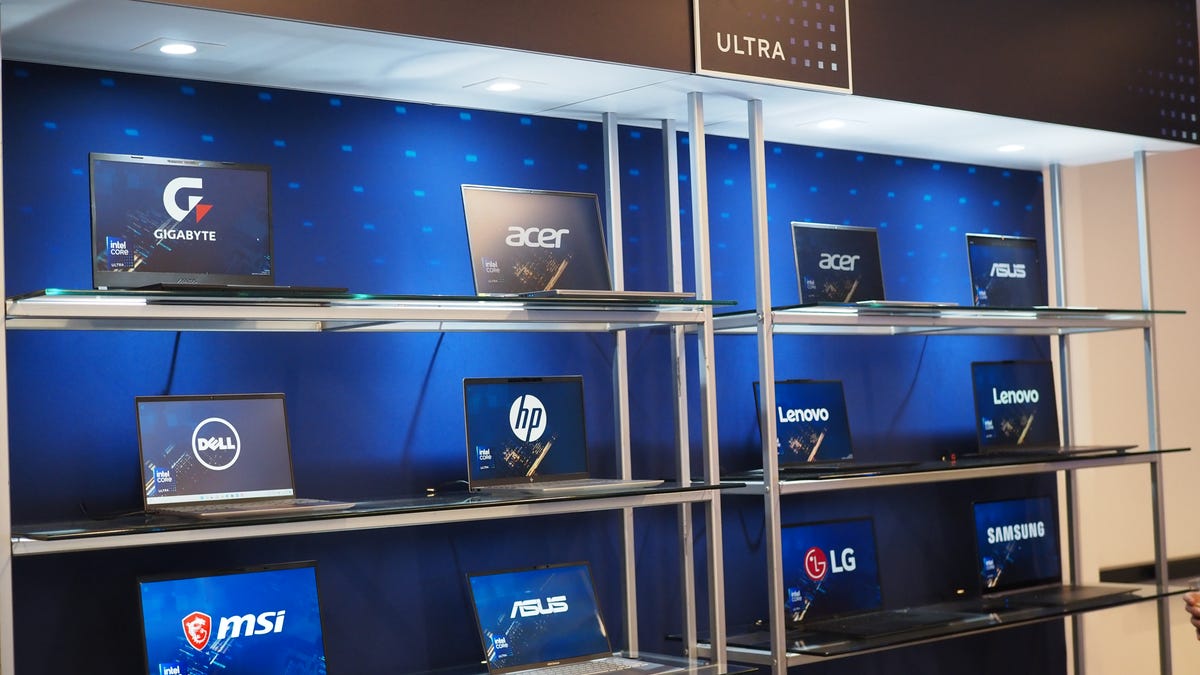Thread dedicated to new AI tools becoming available for running training and inferencing algorithms against data residing on your desktop.
Can easily create custom LLM model for data stored on local hard drive and query the trained data for relevant information without using the cloud.
Seems to have some benefit for local desktop generative AI queries w/o using cloud, ie training thousands of photos and text notes sitting on your hard drive and asking questions like how many photos contain seascapes or dogs, or more detailed questions like which pictures show a temple in Nepal and include my sister (or someother criteria). While currently available for RTX gpus with tensor cores it will also be available later as an Open source project.
/cdn.vox-cdn.com/uploads/chorus_asset/file/25217722/chat_rtx.jpg)
 www.theverge.com
www.theverge.com
Can easily create custom LLM model for data stored on local hard drive and query the trained data for relevant information without using the cloud.
Seems to have some benefit for local desktop generative AI queries w/o using cloud, ie training thousands of photos and text notes sitting on your hard drive and asking questions like how many photos contain seascapes or dogs, or more detailed questions like which pictures show a temple in Nepal and include my sister (or someother criteria). While currently available for RTX gpus with tensor cores it will also be available later as an Open source project.
...Chat With RTX is a demo app that lets you personalize a GPT large language model (LLM) connected to your own content—docs, notes, videos, or other data. Leveraging retrieval-augmented generation (RAG), TensorRT-LLM, and RTX acceleration, you can query a custom chatbot to quickly get contextually relevant answers. And because it all runs locally on your Windows RTX PC or workstation, you’ll get fast and secure results.
/cdn.vox-cdn.com/uploads/chorus_asset/file/25217722/chat_rtx.jpg)
I... might actually use this Nvidia AI tool!
Nvidia’s Chat with RTX lets you train your own local chatbot with your own files for free, no cloud required. Seconds after I fed it the Epic v. Google legal complaint PDF, I got decent answers to questions like “What does Epic Games want” and “Which laws does Epic allege Google violated?” But...
Chat for RTX allows AI enthusiasts to easily connect PC LLMs to their own data using a popular technique known as retrieval-augmented generation (RAG). The demo, accelerated by TensorRT-LLM, enables users to quickly interact with their notes, documents and other content. It will also be available as an open-source reference project, so developers can easily implement the same capabilities in their own applications.
Last edited:






